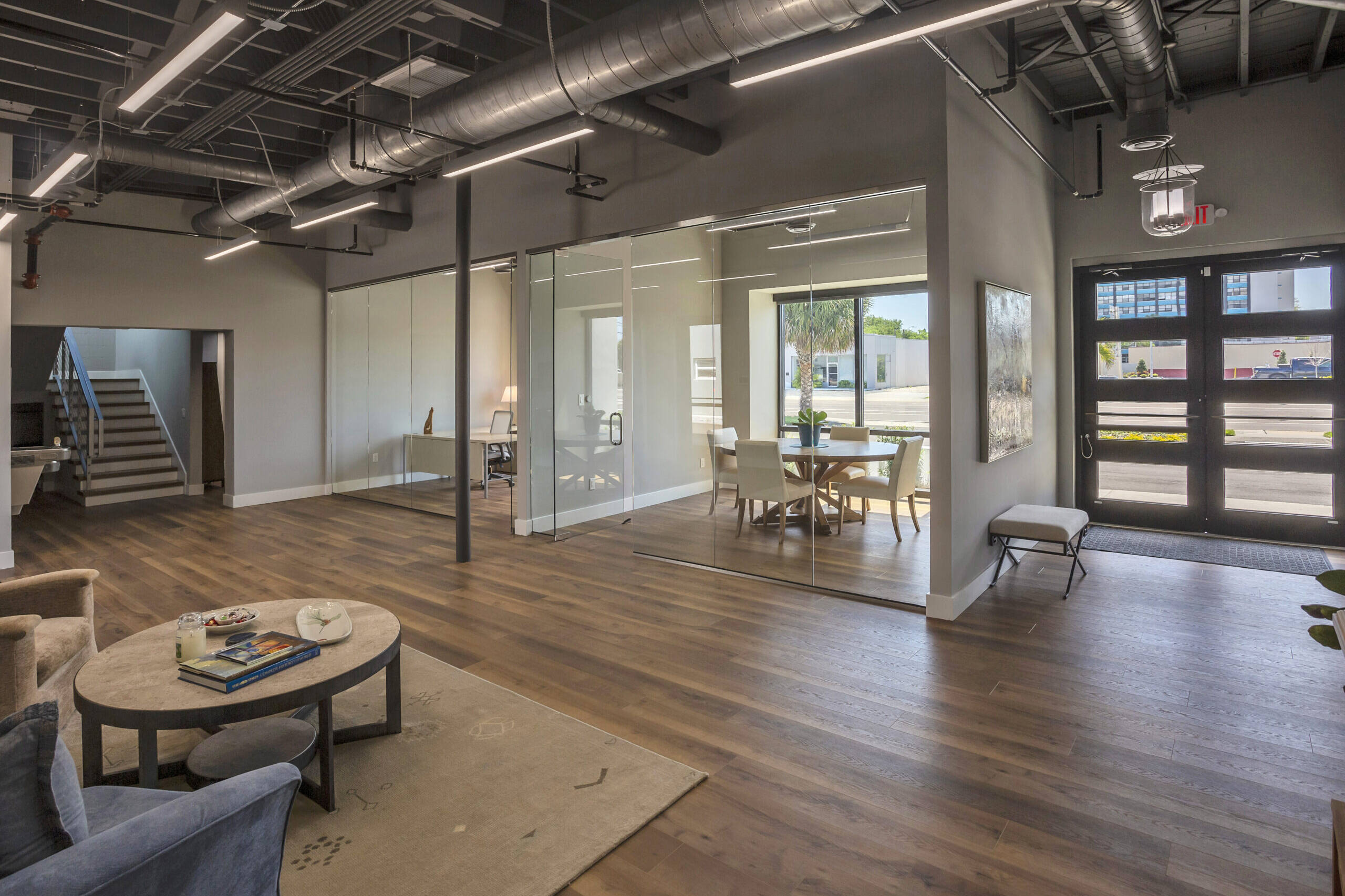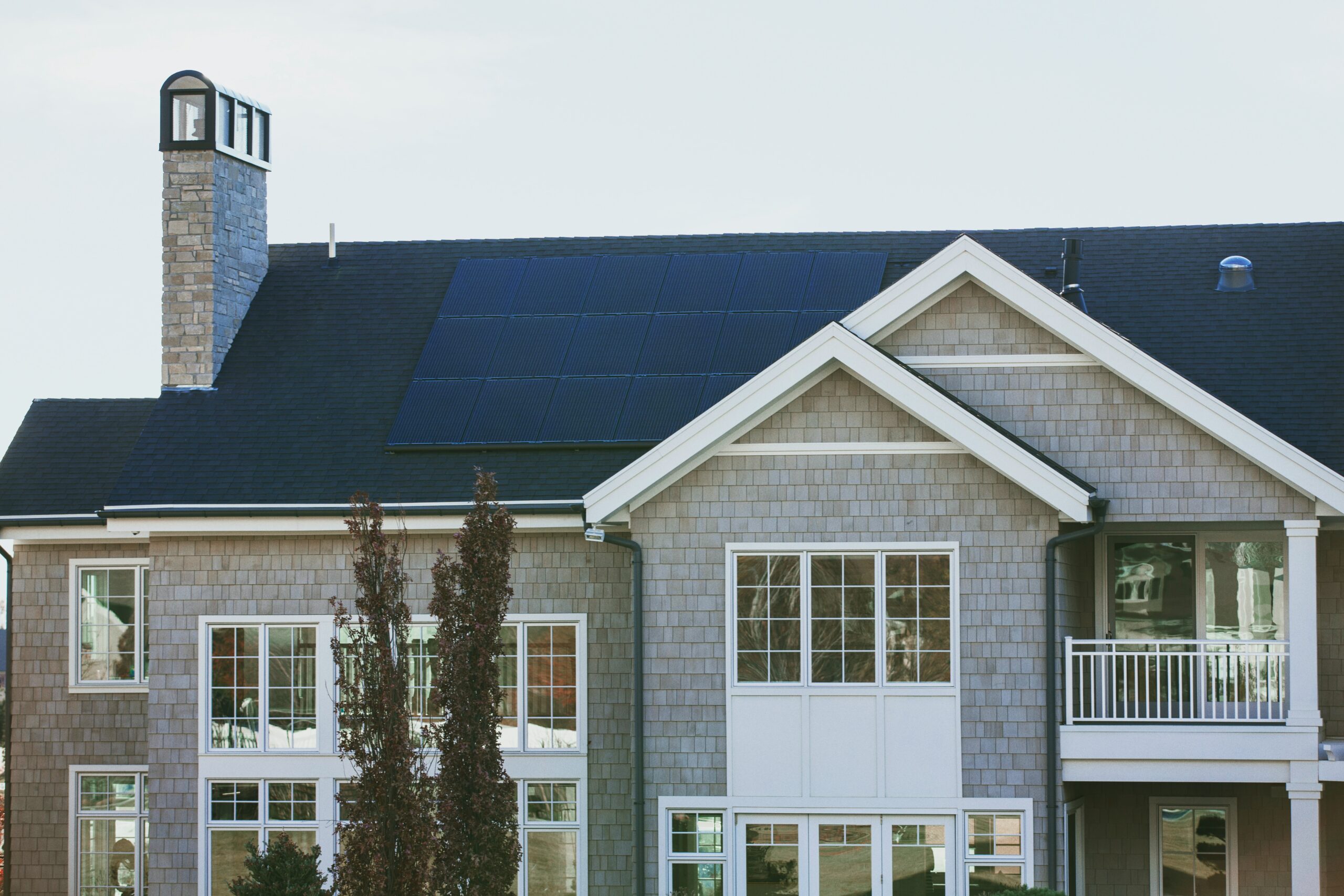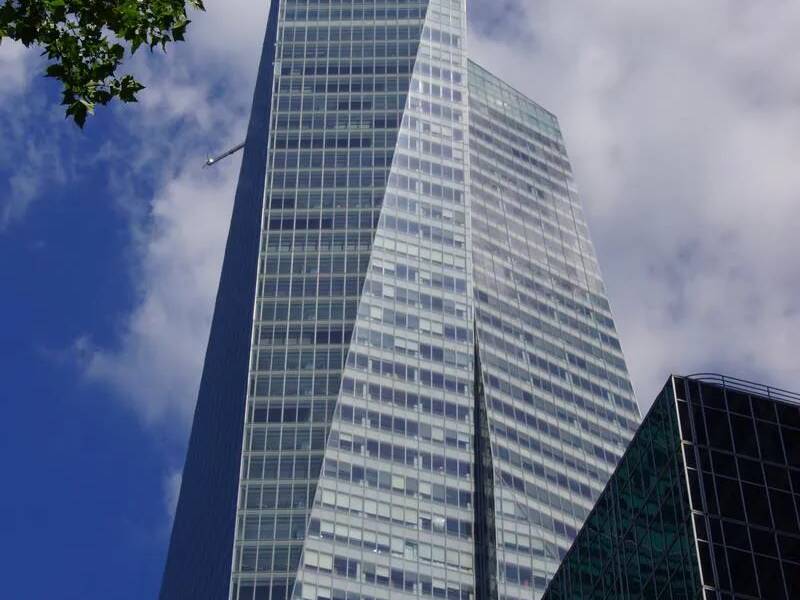Article Voiceover
I am a LEED AP General Contractor passionate about reducing embodied and operational carbon in the built environment.
I’ve researched countless frameworks on energy reduction, and the LEED framework has proved the most successful across all property types.
For anyone unfamiliar with LEED, the LEED (Leadership in Energy and Environmental Design) certification is a globally recognized green building rating system developed by the U.S. Green Building Council (USGBC). It provides a framework for designing, constructing, and operating sustainable buildings. To achieve LEED certification, a building project must meet a set of prerequisites and earn a specific number of points across various categories addressing sustainability.
LEED categories
- Integrative Process: This category encourages project teams to collaborate and analyze project performance from the early design stages, ensuring that sustainable strategies are incorporated holistically throughout the project.
- Location and Transportation: Buildings can earn points by selecting a sustainable site location, promoting public transportation, and encouraging alternative transportation methods like biking and walking.
- Sustainable Sites: This category focuses on minimizing the project’s impact on the surrounding environment, including stormwater management, heat island reduction, and preserving local ecosystems.
- Water Efficiency: Projects can earn points by implementing water-saving strategies like water-efficient landscaping, low-flow fixtures, and greywater or rainwater collection systems.
- Energy and Atmosphere: This category rewards projects for energy efficiency, renewable energy production, and green building operation practices that reduce greenhouse gas emissions.
- Materials and Resources: Buildings can earn points for using environmentally responsible materials, recycling construction waste, and implementing green purchasing policies.
- Indoor Environmental Quality: This category addresses the health and comfort of building occupants by promoting good indoor air quality, thermal comfort, and access to natural daylight.
- Innovation: Projects can earn points for innovative design strategies, technologies, or practices that go beyond the LEED requirements.
- Regional Priority: This category provides an opportunity to earn additional points for addressing region-specific environmental issues.
By pursuing LEED certification, building projects demonstrate their commitment to environmental sustainability and the well-being of occupants. The process helps project teams identify and implement strategies that result in more efficient, healthy, and environmentally responsible buildings.
Over the next few months, I’ll explore different eco-friendly qualities of LEED Platinum-certified buildings (the highest LEED-rated buildings) and discuss their noteworthy features.
Together, let’s contribute to a more sustainable future.
Greg Totten
CGC 1529916 · LEED AP BD+C
O: (727)-386-9480
Share
Related Posts
February 21, 2024
Shaping the Future with Retrofitting Innovations
Chapter 6: Shaping the Future with Retrofitting Innovations
February 11, 2024
Navigating the Challenges of Retrofitting: From Planning to Execution
Chapter 5: Navigating the Challenges of Retrofitting: From Planning to…




